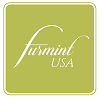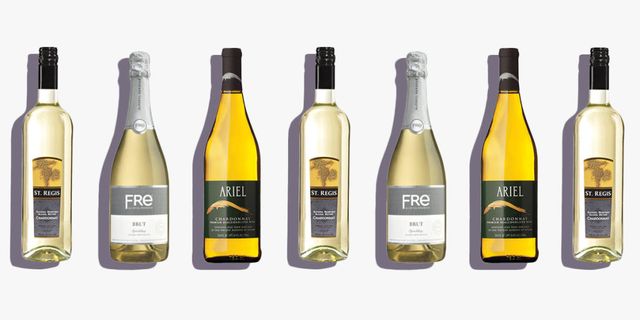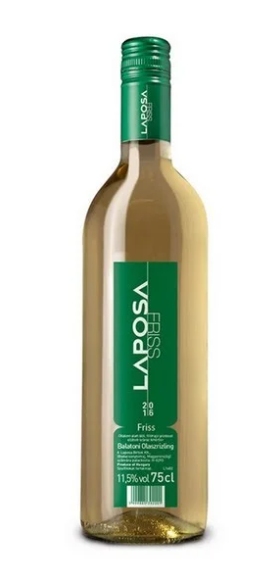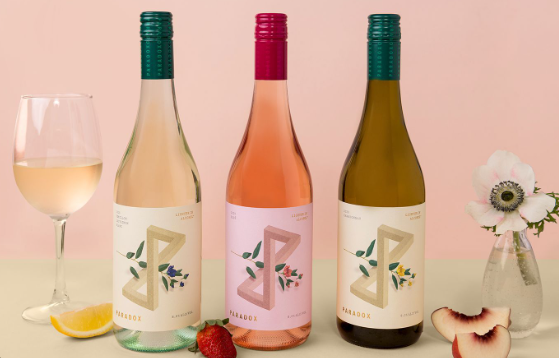Wine, like a fine piece of art, evolves with time, acquiring depth, complexity, and a story to tell. In this guide, we delve into the realm of mature wine, uncovering the mysteries of aging and exploring the unique characteristics that emerge as a wine gracefully matures.
The Art of Aging: Understanding the Process
Cellaring Conditions: Proper storage is paramount for the aging process. Dark, cool, and humid environments shield wine from light, temperature fluctuations, and cork deterioration. This controlled setting allows the alchemy of time to work its magic.
Factors Influencing Aging: Explore the factors that contribute to a wine’s aging potential. Grape variety, winemaking techniques, and the choice of oak barrels all play pivotal roles in determining how a wine will evolve over the years.
Characteristics of Well-Aged Wines: Unveiling Time’s Impact
Developed Tertiary Aromas: Aged wines often showcase a plethora of tertiary aromas, such as leather, tobacco, and earthy notes. These complex scents emerge as the primary fruit flavors mellow, creating a rich and layered olfactory experience.
Softened Tannins: Tannins, responsible for a wine’s structure and mouthfeel, tend to soften with age. Well-aged wines exhibit a smoother, more integrated texture, contributing to a velvety and luxurious sensation on the palate.
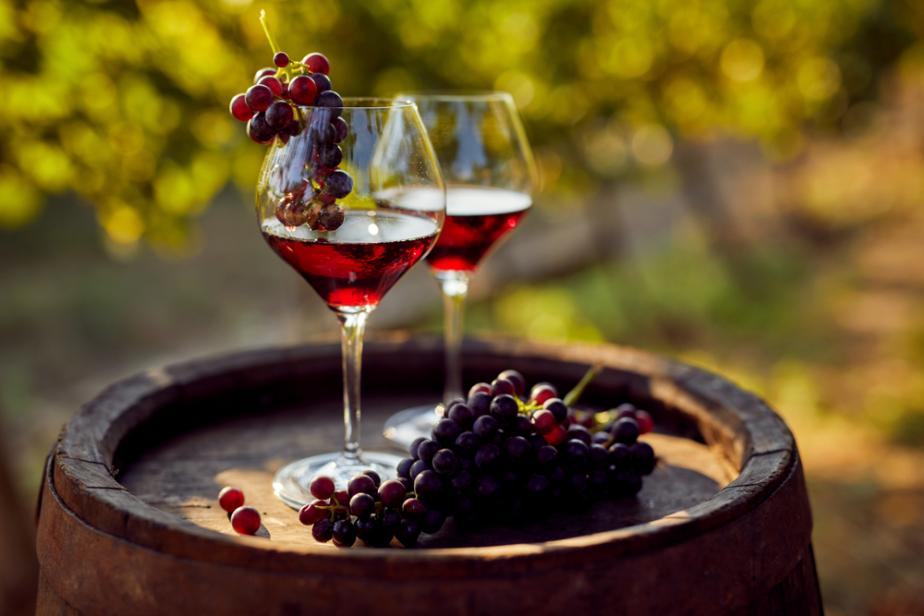
Selecting the Perfect Bottle: Tips for Choosing Aged Wines
Know Your Varieties: Certain grape varieties age more gracefully than others. Reds like Cabernet Sauvignon, Merlot, and Syrah, and whites like Chardonnay and Riesling are known for their longevity. Familiarize yourself with these varieties to make informed selections.
Vintages Matter: Understanding the influence of the vintage is crucial. Research the reputation of a specific year to gauge the potential for aging. Exceptional growing seasons often lead to wines with remarkable aging potential.
Savoring the Elegance: How to Enjoy Mature Wine
Decanting: Decanting allows the wine to breathe and separate from sediment that may have formed over time. This process enhances the wine’s aromas and flavors, ensuring a more pleasurable drinking experience.
Pairing with Food: Consider pairing aged wines with complementary dishes. Rich and savory dishes often complement the complexity of mature reds, while delicate and aged whites may shine alongside seafood or creamy cheeses.
The Role of Terroir: A Unique Stamp of Origin
Understanding Terroir: Terroir, the unique combination of soil, climate, and geography where grapes are grown, plays a pivotal role in the aging potential of a wine. Explore how the distinct characteristics of a vineyard’s terroir become more pronounced and nuanced in well-aged wines, imparting a sense of place to each bottle.
Single Vineyard Wines: For an unparalleled expression of terroir, seek out single vineyard wines. These wines are crafted from grapes grown in a specific vineyard, allowing enthusiasts to experience the pure essence of that particular terroir. The aging process further accentuates the intricacies of the vineyard’s character.
Investing in Liquid Gold: The World of Fine Wine Collecting
Building a Wine Collection: For those with a passion for wine, building a collection of mature bottles can be a rewarding endeavor. Learn about the basics of wine collecting, from establishing a diverse portfolio to creating optimal storage conditions, ensuring your investment matures gracefully.
Wine Auctions and Resale: Explore the world of wine auctions and resale markets. Aged and rare bottles often gain value over time, and participating in auctions can be a thrilling way to acquire sought-after vintages while potentially making strategic investments.
Conclusion: Elevating Your Wine Experience with Age
In conclusion, mature wine is a testament to the intricate dance between time, craftsmanship, and nature. Embrace the opportunity to witness the evolution of flavors and textures in a bottle that has gracefully matured.
